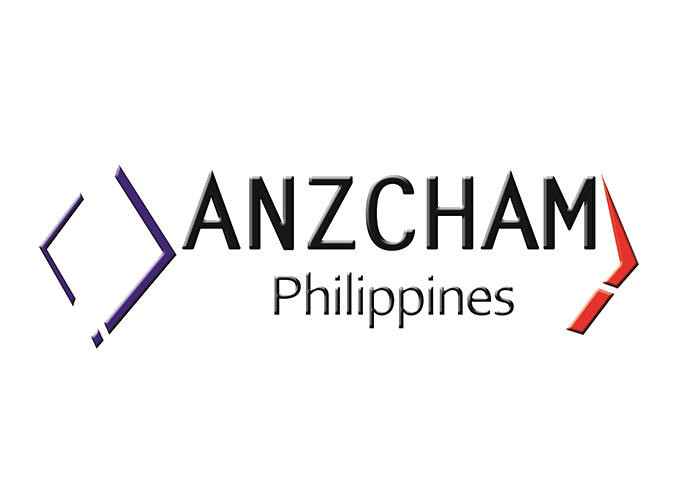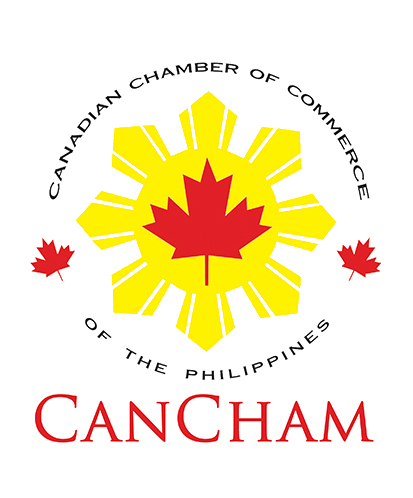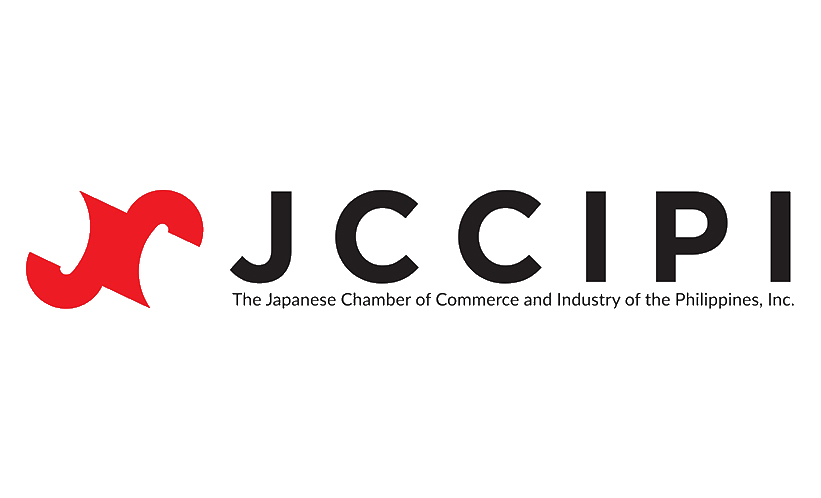Worldwide Governance Indicators
The Worldwide Governance Indicators is a project of the World Bank. It “reports the aggregate and individual governance indicators for 212 countries and territories over the period 1996-2008 for six dimensions of governance: voice and accountability, political stability, and absence of violence, government effectiveness, regulatory quality, rule of law, and control of corruption.”
Voice and Accountability. The Philippines fared positively in this area relative to its ASEAN neighbors, ranking second after Indonesia. However, its percentile rank has been decreasing from 56th in 1996 to 48th in 2013 (see Figure 45).

View original figure here
Political Stability and Absence of Violence. The Philippines ranked last in the area of Political Stability and Absence of Violence among the ASEAN-6. Its already low percentile rank of 41st in 19100 even slid to 16th in 2013 (see Figure 46). With the Maguindanao massacre in 2009 receiving widespread negative international media attraction, the country’s rating is expected to fall further.

View original figure here
Government Effectiveness. The Philippines was 4th among the ASEAN-6 in the area of Government Effectiveness, in the middle between leaders Malaysia and Thailand and trailers Indonesia and Vietnam. From a six-year low percentile rank of 49th in 2004, the country improved to 57th in 2013.

View original figure here
Rule of Law. The Philippines ranked 4th among the ASEAN-6 in the area of Rule of Law only ahead Indonesia and Vietnam (see Figure 48).

View original figure here
Regulatory Quality. The Philippines ranked 4th among the ASEAN-6 in Regulatory Quality, improving from 49th percentile in 2004 to 51st in 2013 (see Figure 49). Compared to Indonesia, which improved from 27th in 2002 to 43rd in 2009, and Vietnam, which improved from 24th to 31st over nine years, the Philippines improvement was trivial.

View original figure here
Control of Corruption. The Philippines ranked 5th among the ASEAN-6 in Control of Corruption. In 1996 the country had a percentile rank of 60th, which fell by 33 places to 27th thirteen years after (see Figure 50).

View original figure here



























